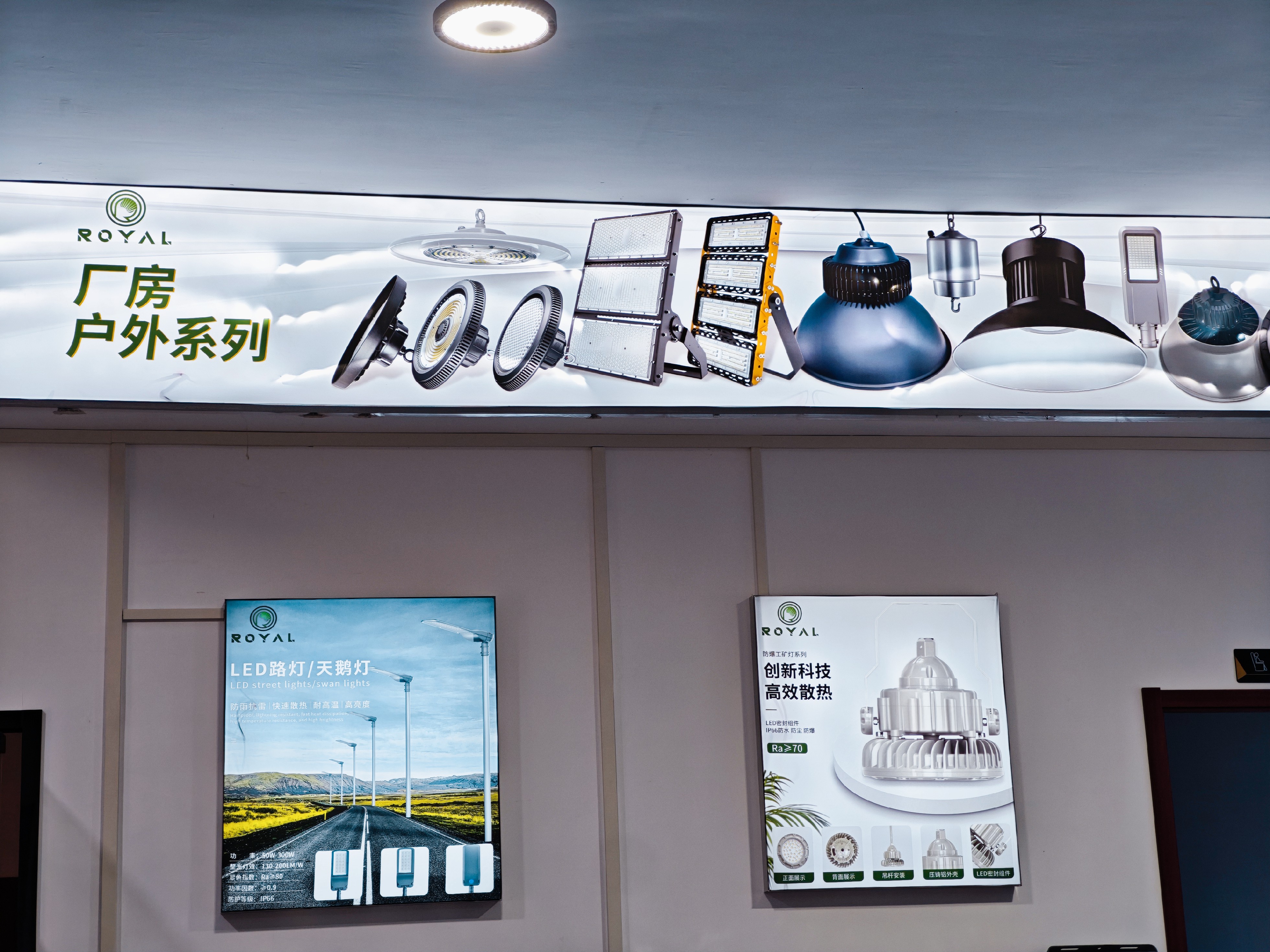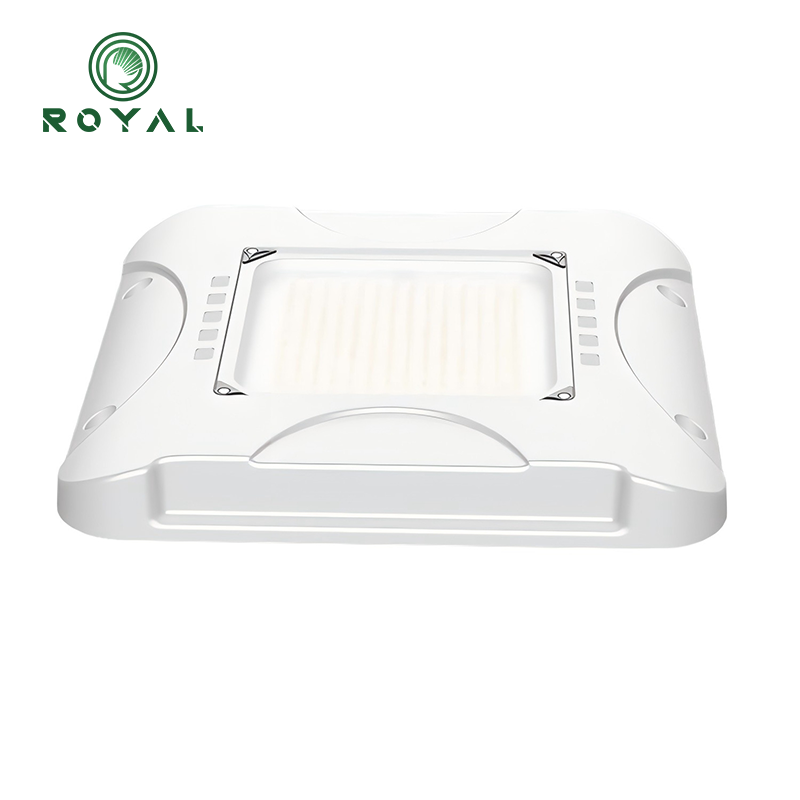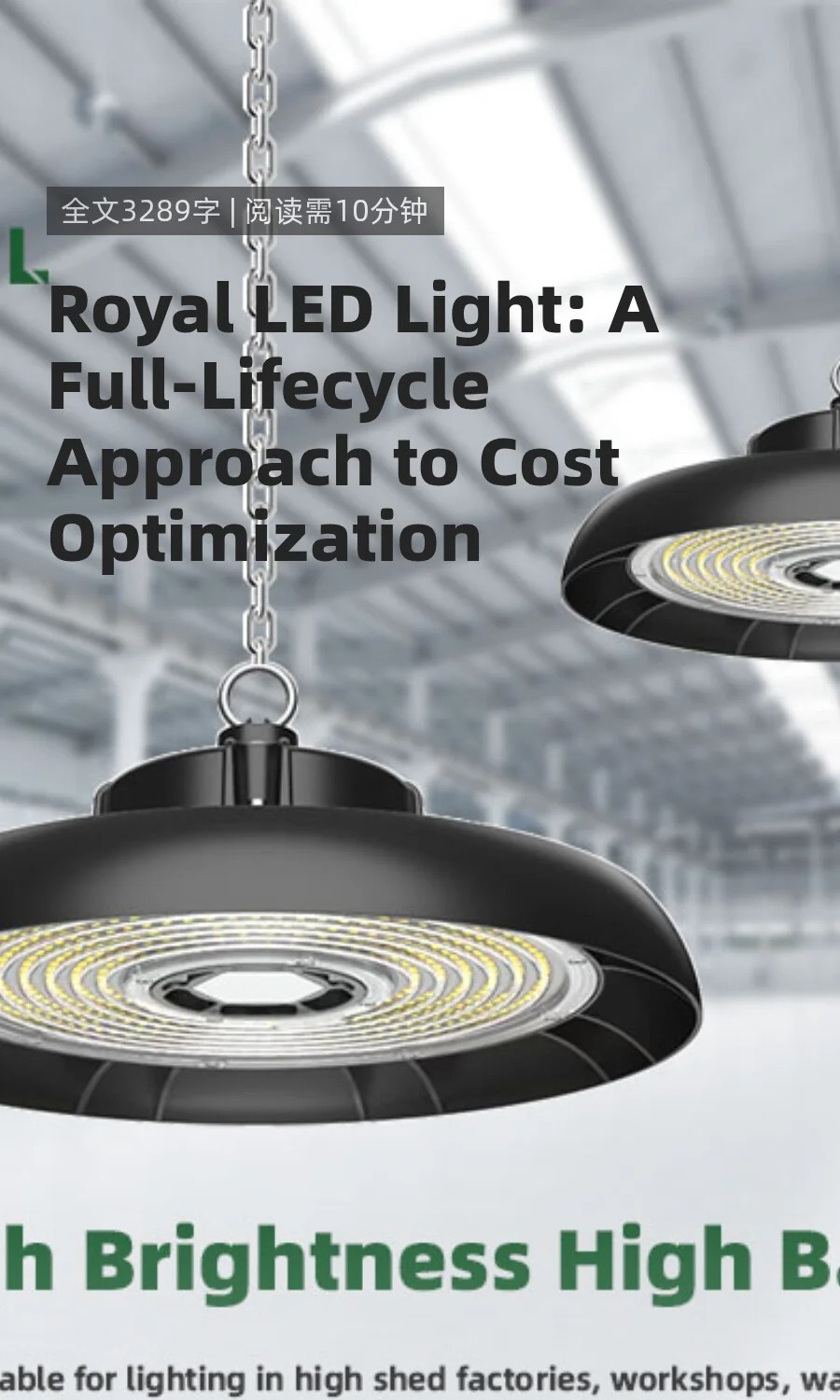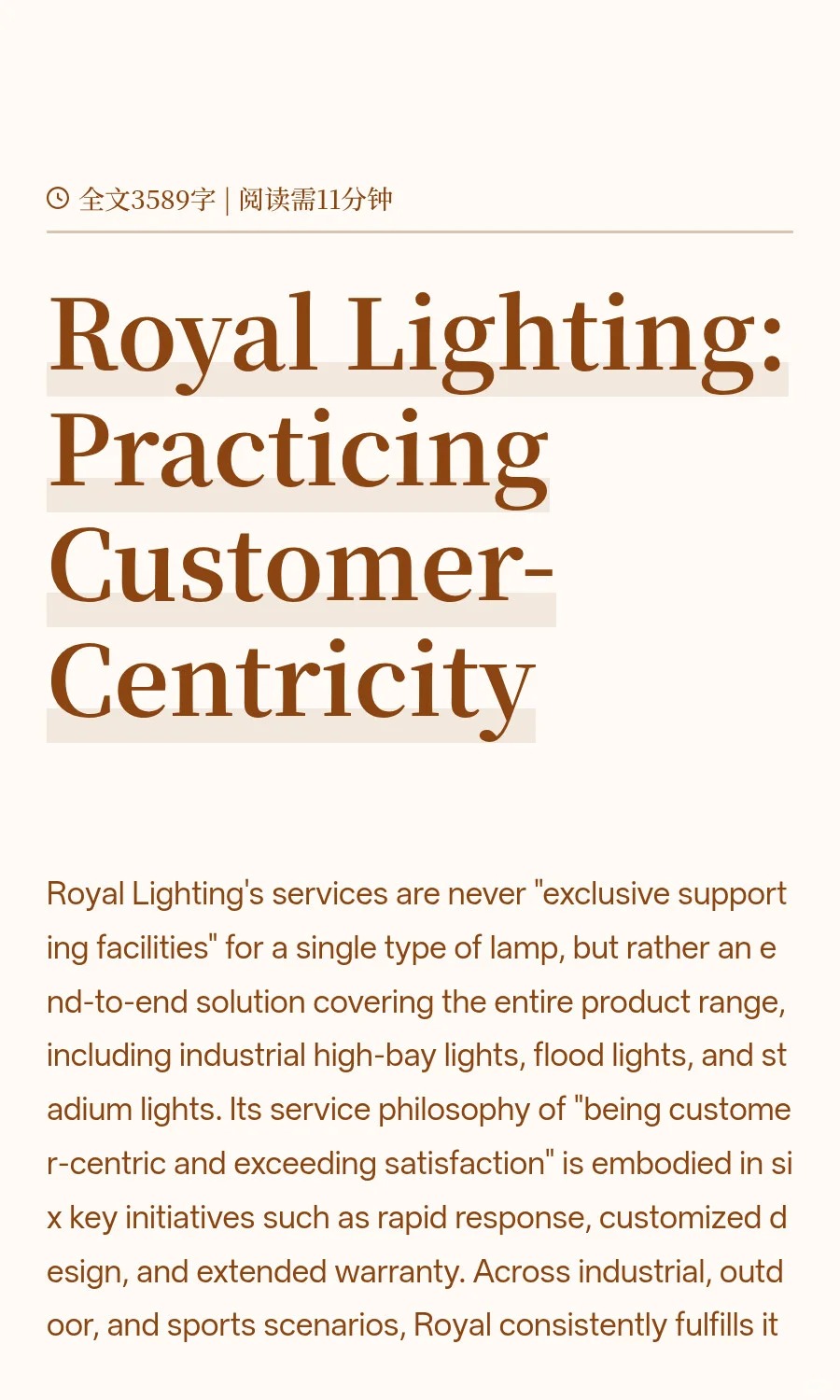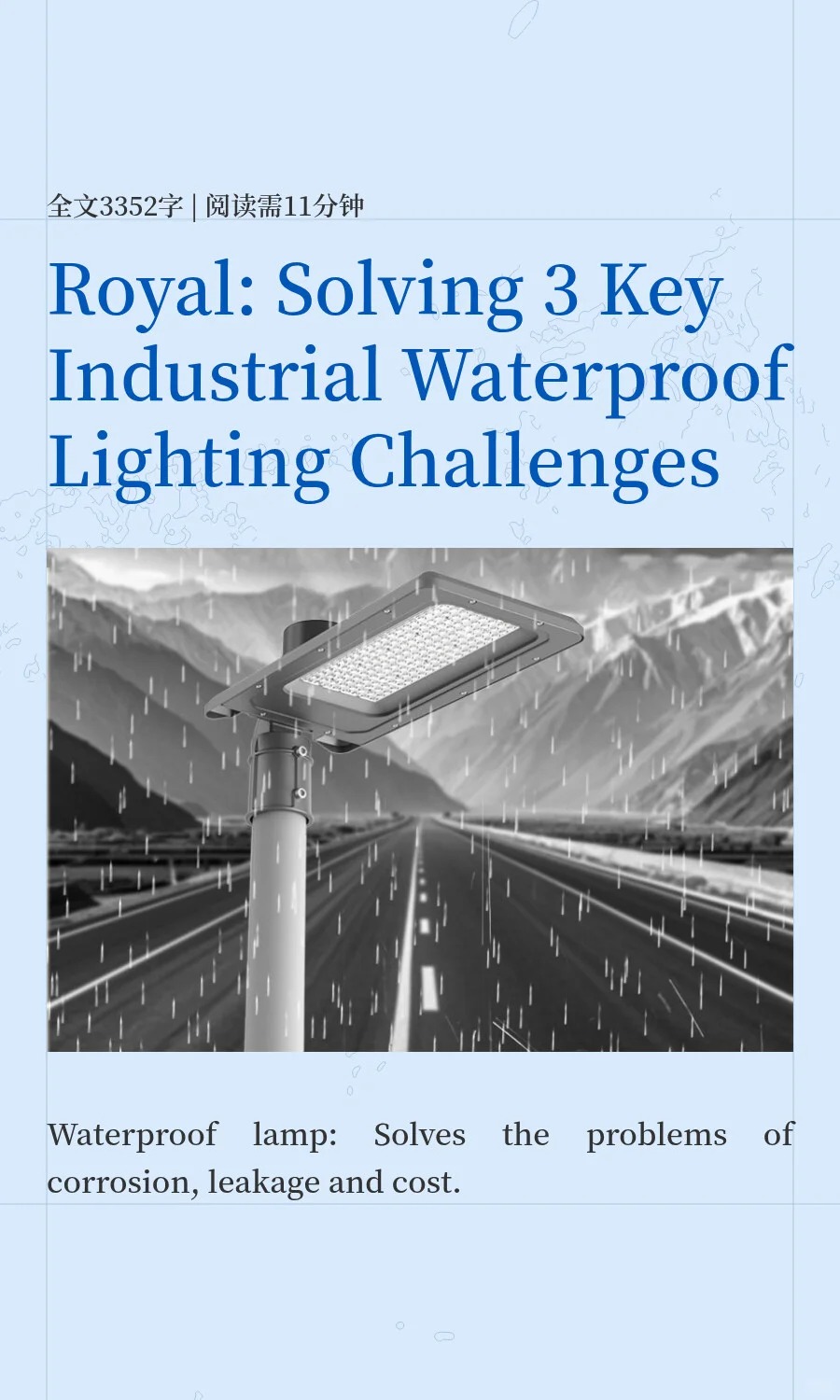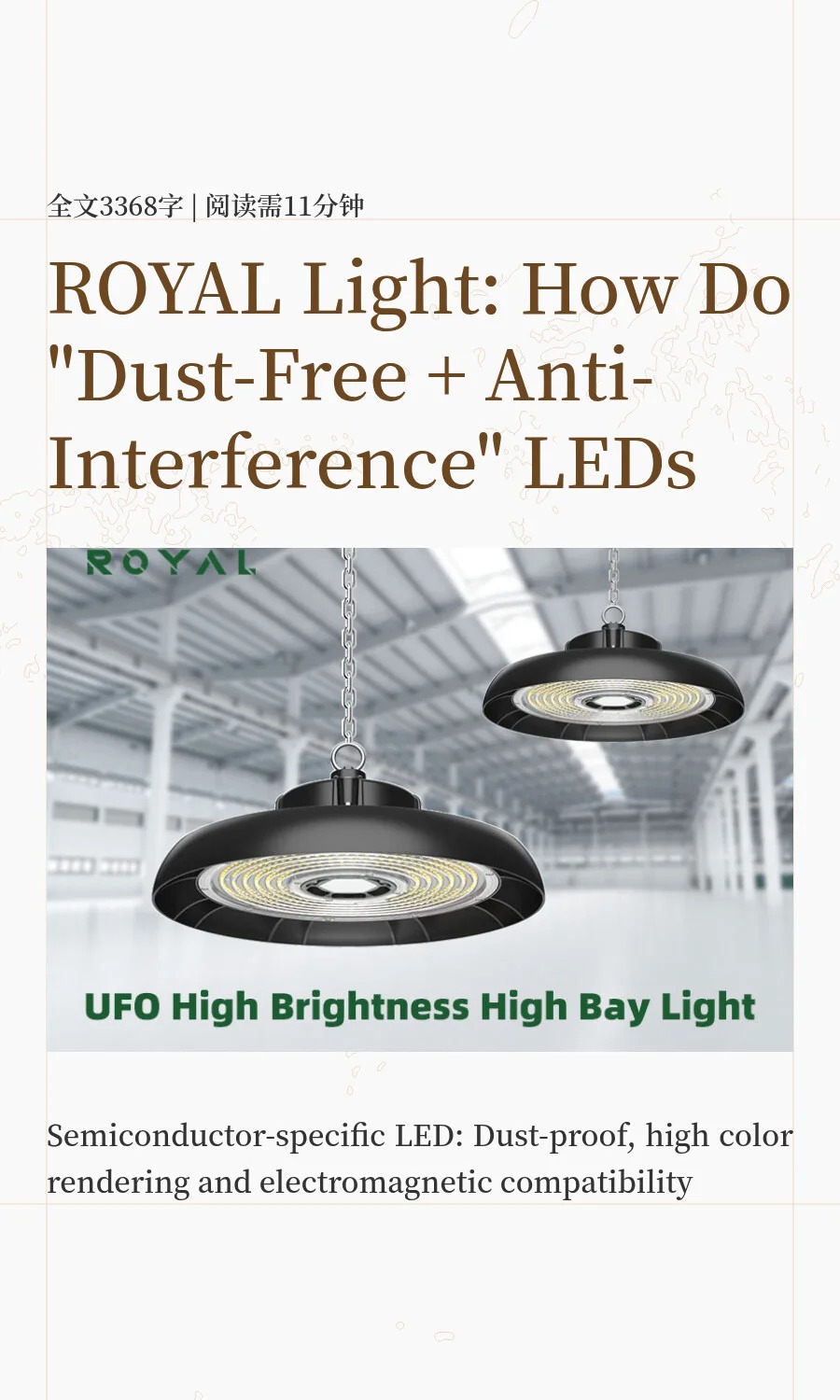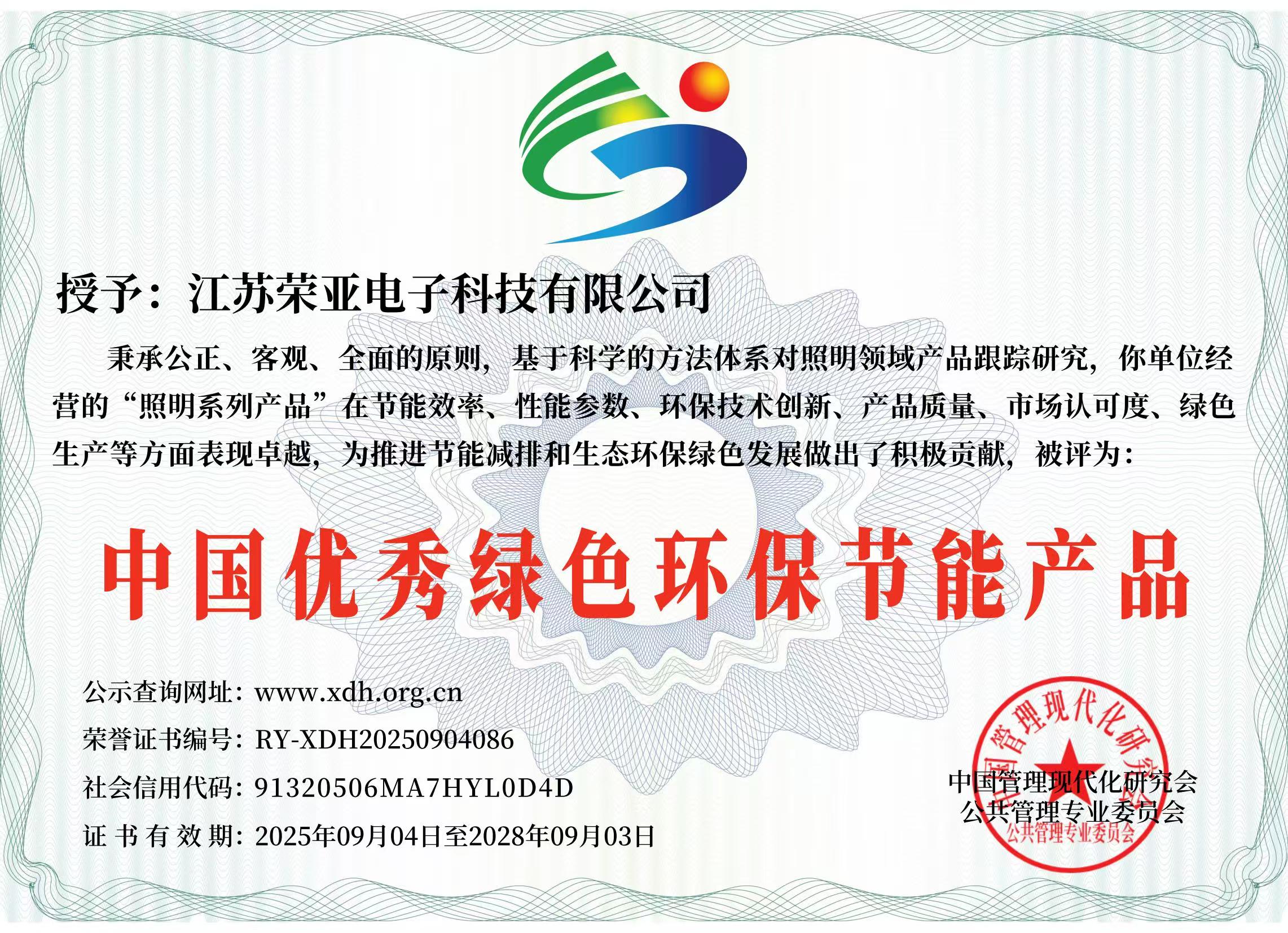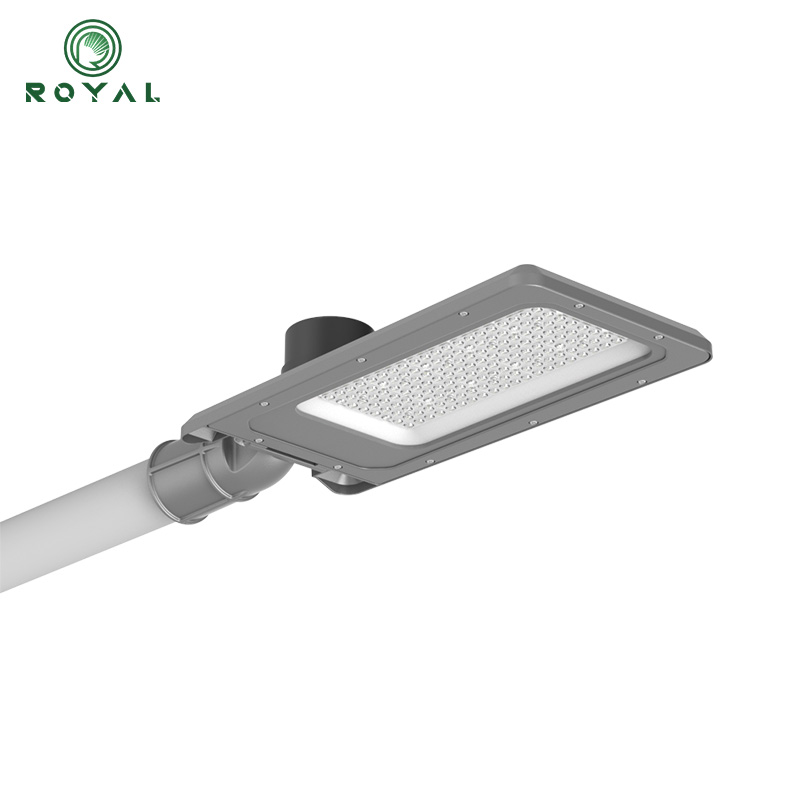
ROYAL Lighting has completed a hardware upgrade focused on "basic performance optimization" for its flagship municipal product – the L01 LED Photocell Street Light. The upgrade primarily enhances the anti-interference capability of the photosensitive module and the outdoor weather resistance of the lamp body, while also refining factory quality inspection standards to ensure the product meets the practical needs of common outdoor scenarios such as county-level roads and township main roads. This upgrade is based on market feedback from 12,000 L01 units deployed previously, with all adjustments centered on "reducing outdoor failures and simplifying maintenance".
This upgrade abandons the stacking of complex functions and focuses on optimizing the basic performance of photo sensor. Targeted adjustments have been made to three common outdoor pain points: "false lighting caused by tree shadow obstruction, reduced sensitivity at low temperatures, and reading interference from rainwater":
The original photosensitive sensor has been upgraded to a high anti-interference component (Model: S1086), with resolution increased to 0.1lux. This enables accurate distinction between "natural day-night changes" and "temporary shadows/rain fog". In laboratory simulations of "alternating tree shadows sweeping across the lamp body on cloudy days", the false trigger rate dropped from 12% (before the upgrade) to 0.3% (after the upgrade).
Low-temperature adaptive components have been integrated into the photosensitive module, allowing it to stably identify light intensity thresholds (10lux for turning on, 50lux for turning off) even in extreme cold environments of -40℃. This solves the problem of "photo sensor failure after the lamp body freezes" in northern winters. Under high-temperature conditions of 60℃, the deviation of photosensitive readings is controlled within ±0.5lux, preventing "early extinguishment" caused by intense summer sunlight.
The photosensitive probe area adopts a "double-layer silicone sealing ring + waterproof and breathable valve" design, with the IP protection rating upgraded to IP67. In rain test conducted in Dingyuan County, Chuzhou, Anhui Province, the photosensitive module showed no water ingress or short circuit and responded normally after 7 consecutive days of heavy rain washing.
In response to the characteristics of county-level roads – "high volume of heavy-duty trucks and complex environments" – three practical adjustments have been made to the L01 lamp body structure:
The lamp body housing has been thickened from 1.5mm ADC12 die-cast aluminum to 2.0mm, while maintaining an impact resistance rating of IK08, which can withstand scratches from small vehicles. In impact tests at the production base, a 1kg weight dropped onto the lamp body from a height of 1.5 meters only left slight marks, with no impact on the lighting function.
The density of heat dissipation fins on the back has been increased by 20%, and combined with a nanoceramic coating, the surface temperature of the lamp body remains stable below 40℃ after 72 hours of continuous operation at 45℃. This prevents premature aging of the light source (light decay after 30,000 hours has been reduced from 12% to 8%).
The lamp body’s junction box features a "quick-release buckle" structure, allowing municipal maintenance personnel to open it for inspection in 3 minutes without professional tools. The light source module and driver module are arranged in independent compartments, eliminating the need to disassemble the entire lamp during replacement and reducing the difficulty of outdoor maintenance.
To ensure the quality of the upgraded products, ROYAL’s production base in Wujiang, Suzhou has added 3 targeted quality inspection links. All L01 units must pass 100% of these tests before leaving the factory:
Each lamp is placed in a "light simulation chamber" to undergo 2 hours of continuous testing that simulates light changes in "sunny – cloudy – heavy rain – dusk" conditions. The test records the on/off response time (required to be ≤0.5 seconds) and threshold accuracy (deviation ≤±0.5lux), with defective products directly returned for rework.
5% of products are randomly selected from each batch for 10 cycles of "4 hours of freezing at -40℃ → 4 hours of high temperature at 60℃" testing, accompanied by 5% concentration salt spray spraying. After the test, the sensitivity of the photosensitive module and the sealing performance of the lamp body are inspected to ensure outdoor weather resistance.
Each lamp is affixed with a unique traceability code. Scanning the code allows access to "photosensitive component batch, heat dissipation test data, and quality inspector’s name", enabling customers to quickly locate component information during later maintenance and reduce troubleshooting time.

